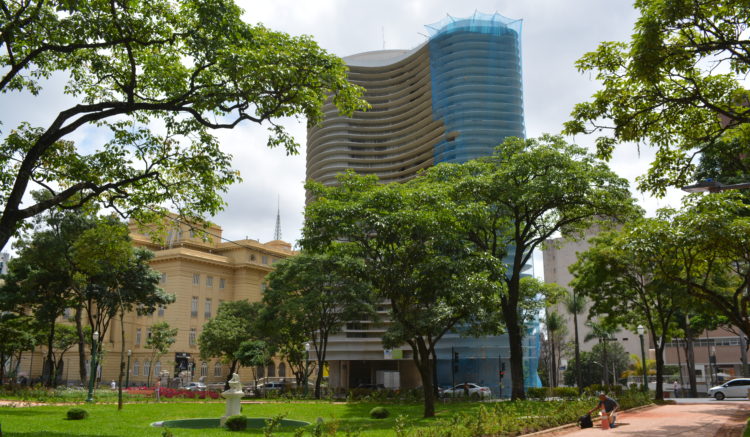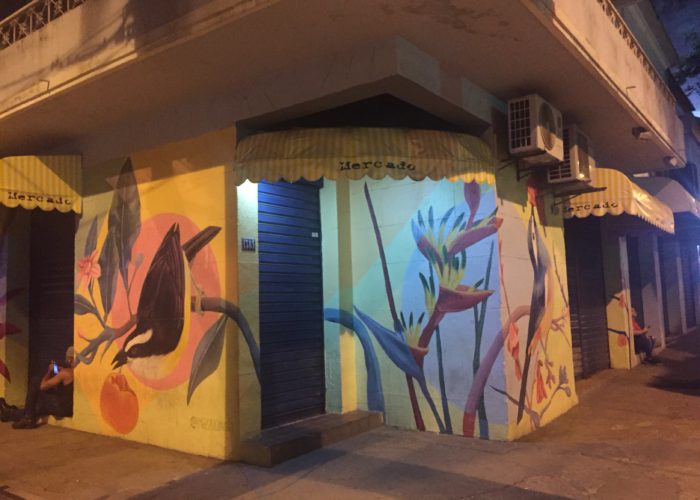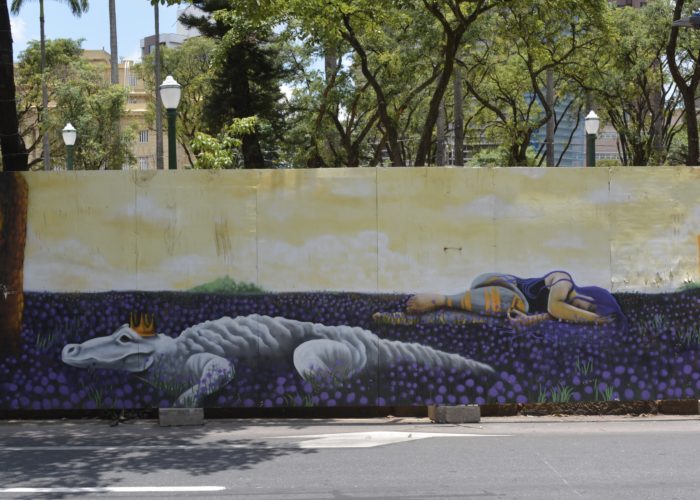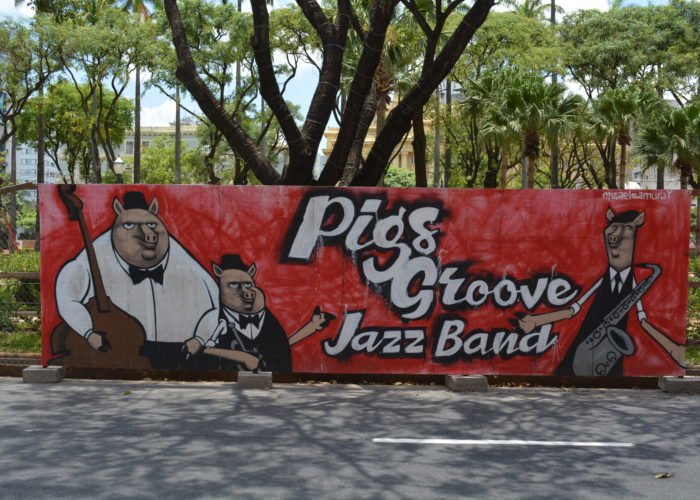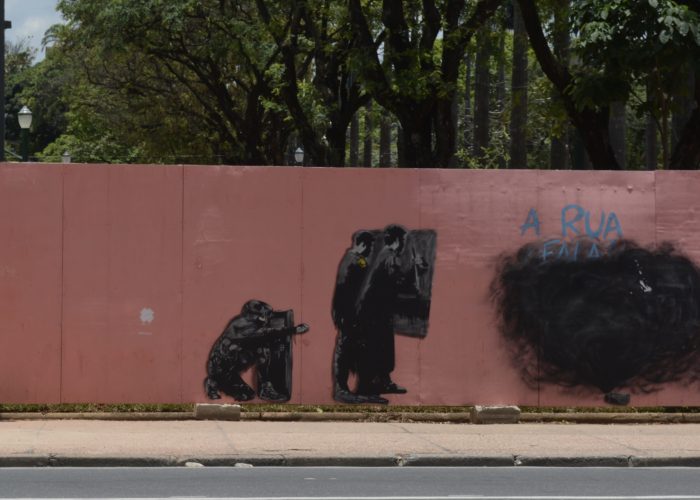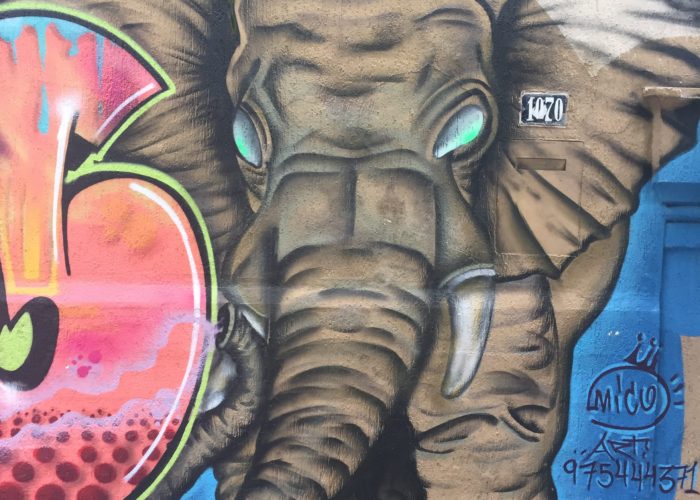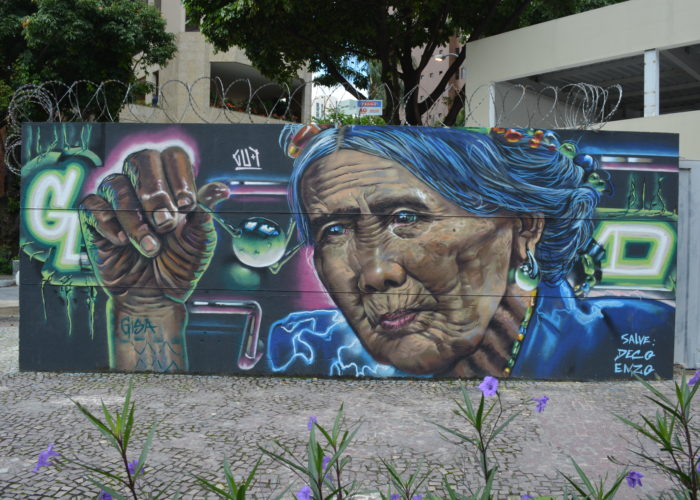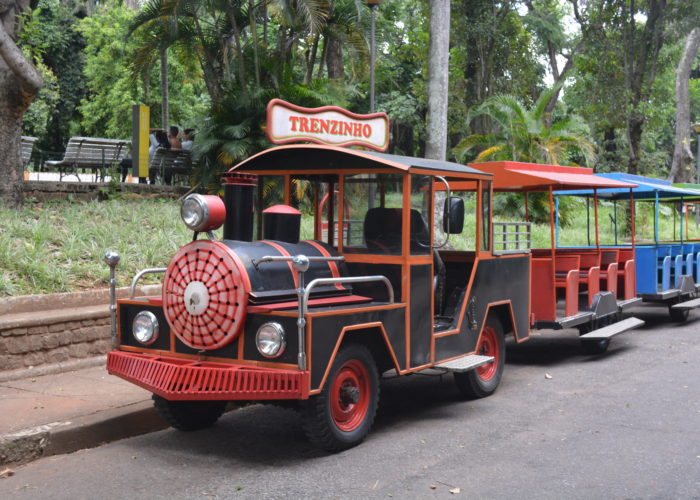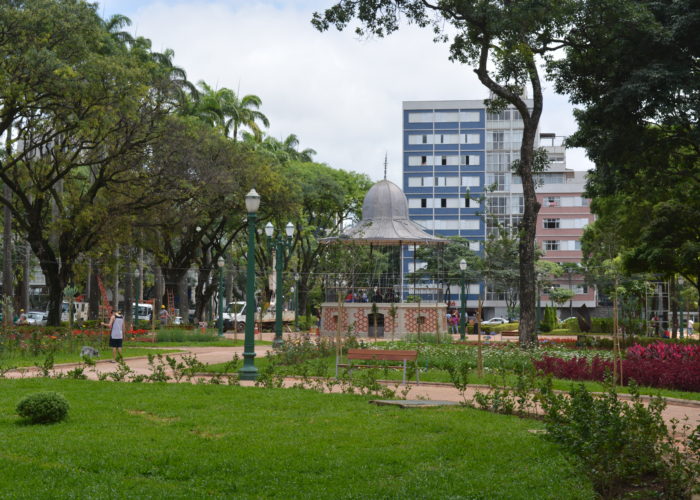For our final week in Brazil we decided to explore more of the heartlands of Minas Gerais State, which is home to a number of Brazil’s architecturally important colonial towns and much mineral and agricultural wealth. We took the short flight to Belo Horizonte, often simply called “BH” by locals, is the capital of Minas Gerais and one of Brazil’s largest cities, with a population exceeding 2.5 million in the city proper and over 5 million in its broader metropolitan area. Known for its modern infrastructure, urban planning, and vibrant cultural scene, Belo Horizonte offers a striking contrast to the colonial towns of Minas Gerais, like Ouro Preto and Diamantina, which are steeped in Brazil’s mining history. As one of Brazil’s most important economic hubs, Belo Horizonte remains largely off the beaten path for international tourists, making it an authentic Brazilian city to explore.
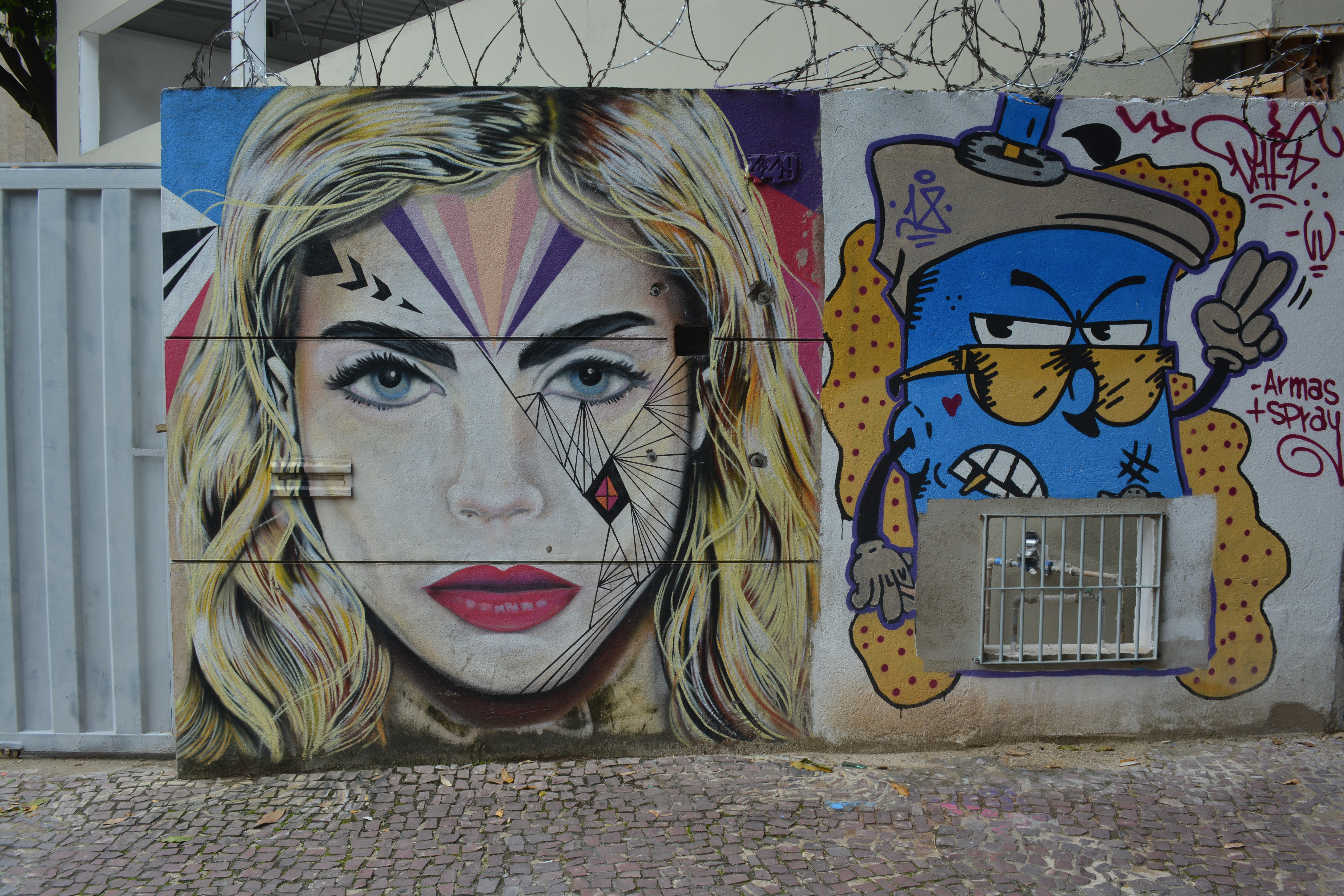
Geography & Climate
Belo Horizonte is nestled in a hilly region of the Serra do Curral mountain range, which serves as a natural barrier and adds to the city’s charm with its undulating landscapes. The city enjoys a tropical savannah climate, characterised by warm temperatures year-round, with the rainy season spanning from October to March. The city’s layout follows a classic grid system with diagonal avenues, creating an efficient yet unique urban structure that contrasts with many older cities in Brazil.
History & Economy
Founded in 1897, Belo Horizonte was built as Brazil’s first planned city, replacing Ouro Preto as the capital of Minas Gerais. Designed by Aarão Reis, a civil engineer influenced by Washington D.C.’s layout, Belo Horizonte’s grid system made it a model of modern urban planning for its time. The city’s economy has long been tied to the wealth of Minas Gerais, which remains one of Brazil’s most resource-rich states due to its mineral reserves. Today, Belo Horizonte is an economic powerhouse, known for its strong agricultural, industrial, and services sectors. The city also has a thriving student population, adding to its vibrant atmosphere, especially in the Savassi district.
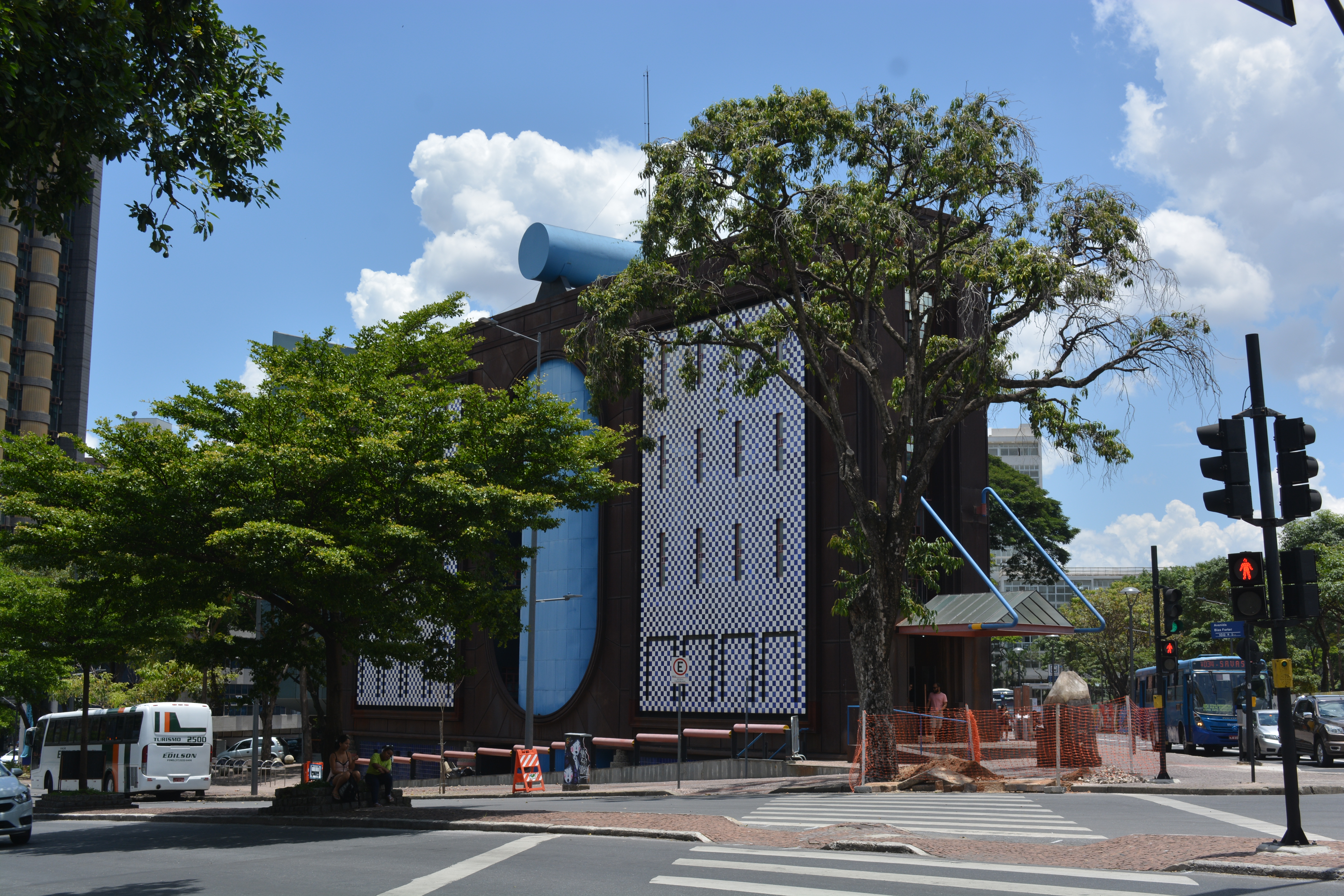
Principal Sites
Praça da Liberdade
The heart of Belo Horizonte’s political and cultural life, Praça da Liberdade is a stunning square surrounded by historical buildings, including the Palácio da Liberdade, which serves as the residence of the state governor. The square underwent renovations during our visit, but the temporary hoardings were covered in colourful street art, providing a visual feast while awaiting the reopening. One of the square’s most iconic buildings is the Edifício Niemeyer, designed by renowned Brazilian architect Oscar Niemeyer, whose characteristic curves add to the architectural diversity of the area.
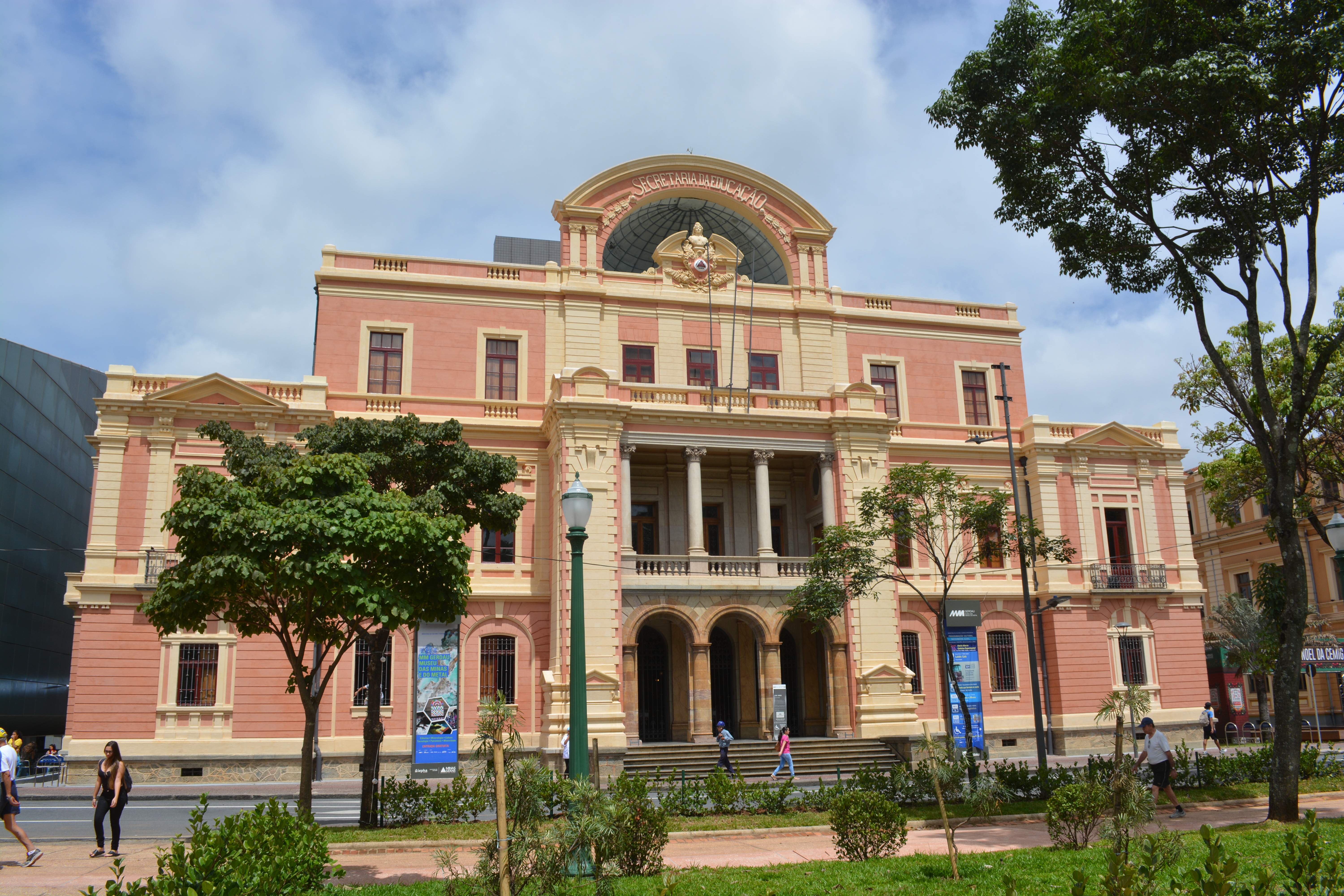
Pampulha Modern Ensemble
Located a few kilometres outside the city centre, the Pampulha Modern Ensemble is a UNESCO World Heritage Site featuring a collection of buildings designed by Niemeyer. The complex, centred around the Lagoa da Pampulha (Pampulha Lake), includes the Igreja de São Francisco de Assis, a masterpiece of modernist architecture with its distinctive curved design and azulejo tiles by artist Cândido Portinari. Today, Pampulha is an affluent residential area, and the architectural significance of Niemeyer’s work remains a key draw for visitors.
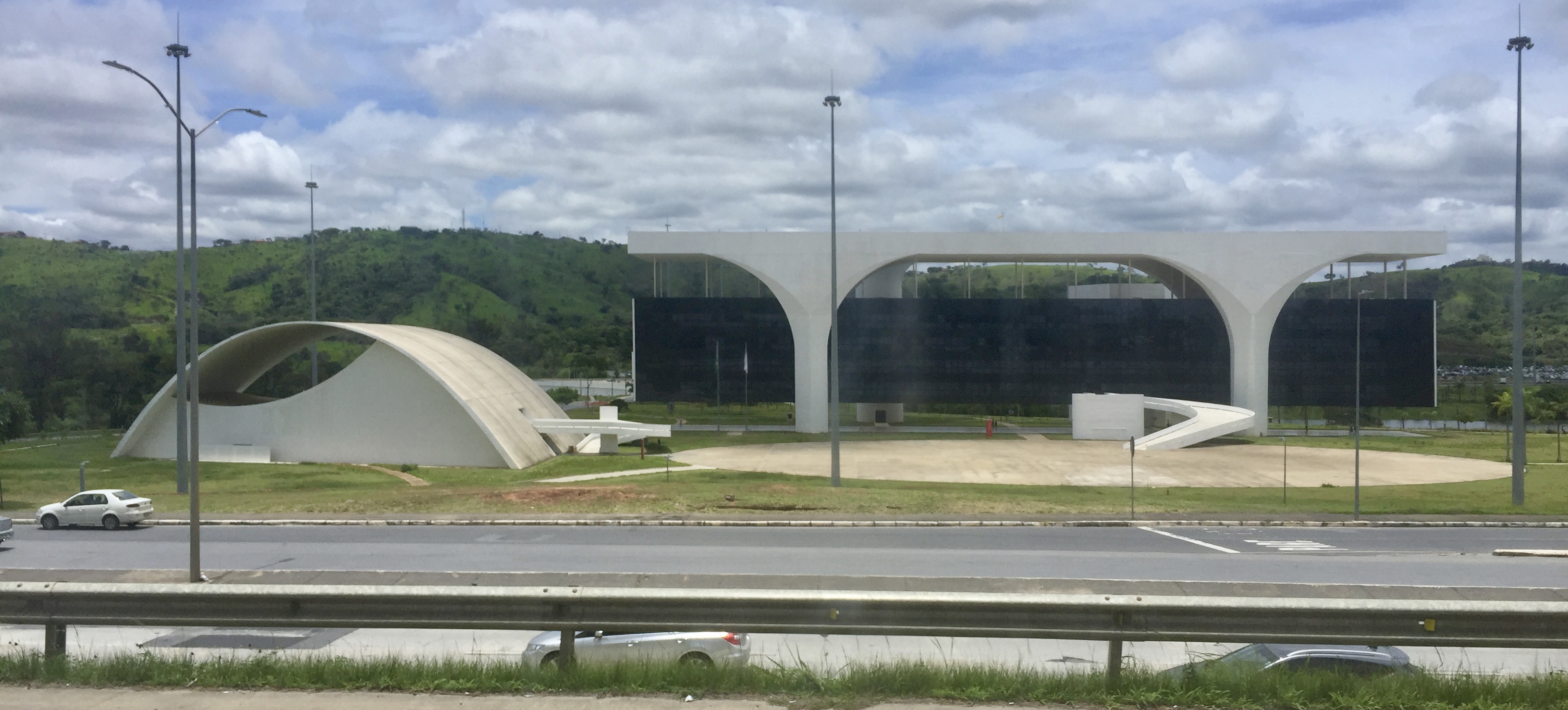
Igreja São José
While Belo Horizonte may lack the grandiose baroque churches seen in other parts of Brazil, the Igreja São José, built in 1910, stands out for its beautifully painted interior and its role as a spiritual centre in the city. The church’s intricate ceiling and altar provide a glimpse into the religious devotion that continues to permeate the city’s daily life.
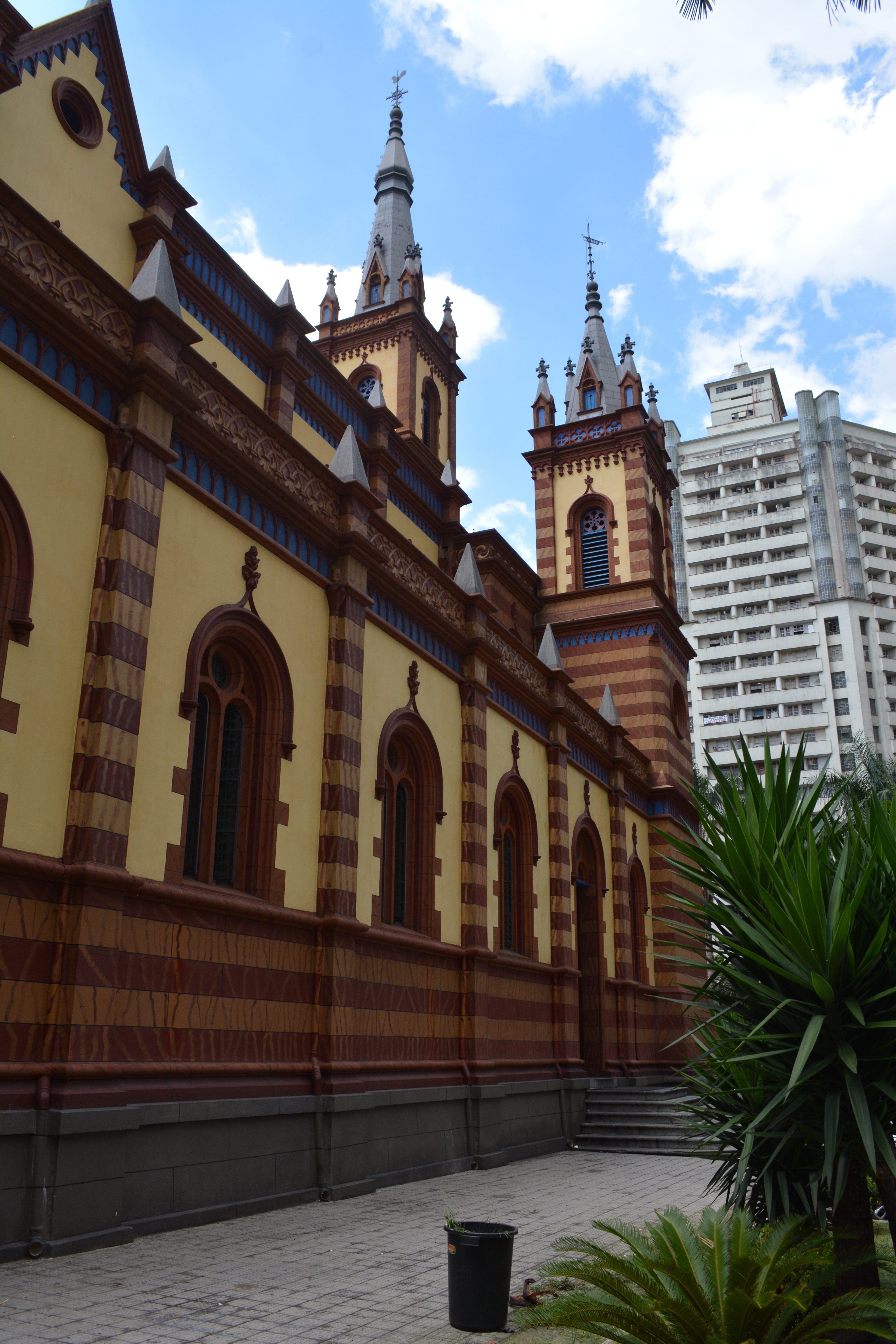
Mercado Central
A bustling hub of commerce, the Mercado Central offers a sensory overload of sights, sounds, and smells. From local cheeses and meats to traditional crafts and even live birds and pets, this market encapsulates the essence of Minas Gerais. It is a great place to sample local delicacies, like pão de queijo (cheese bread), and experience the vibrancy of Belo Horizonte’s everyday life.
Parque Municipal Américo Renné Giannetti
This urban oasis in the heart of the city offers a tranquil escape from Belo Horizonte’s busy streets. The park features manicured gardens, walking paths, and playgrounds, making it a popular spot for families and nature lovers alike. The park also hosts exhibitions of modern art, adding to its cultural significance.
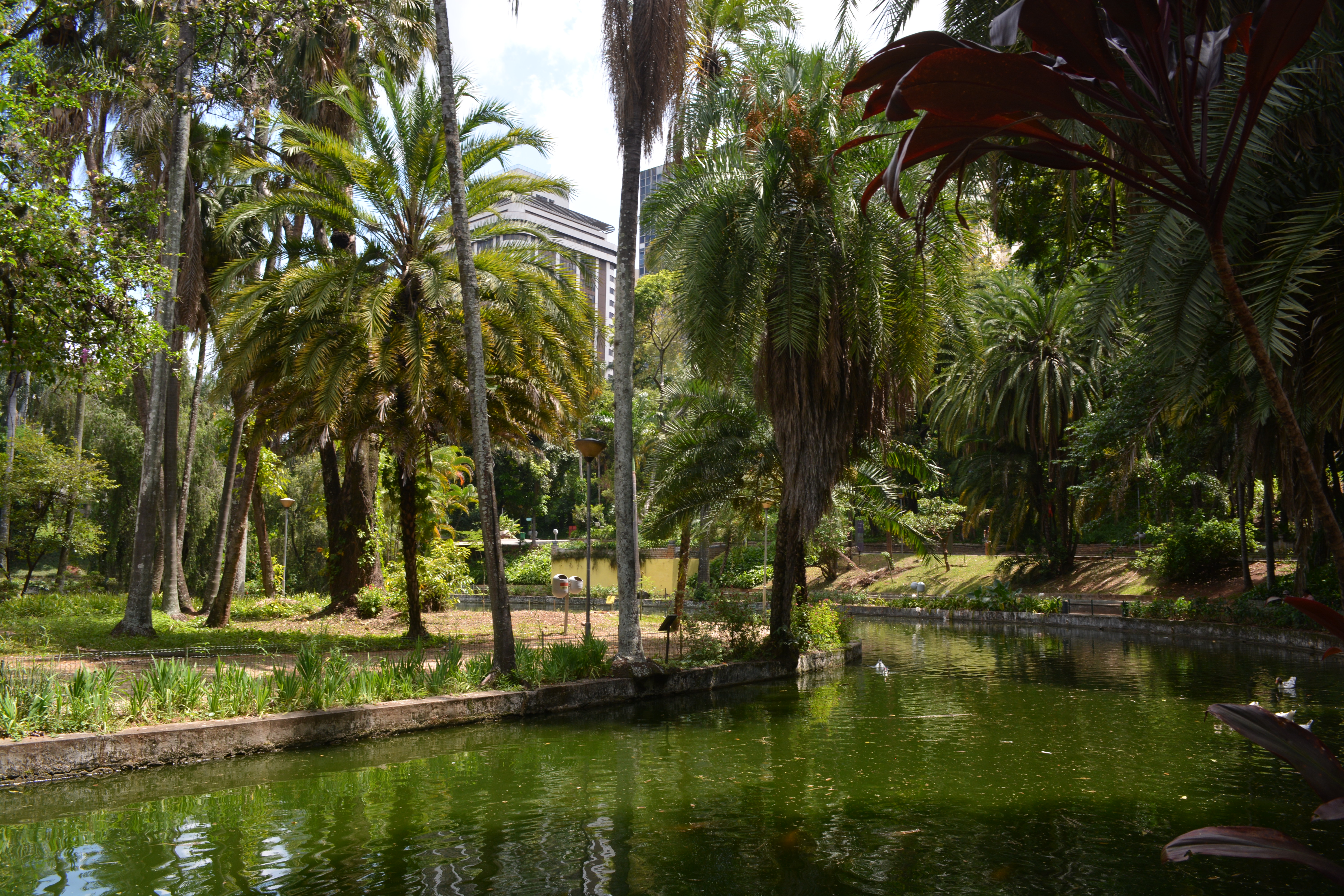
Mineirão Stadium Estádio Governador Magalhães Pinto
Better known as the Mineirão, is one of Brazil’s largest football stadiums and a symbol of the city’s sporting culture. It was a key venue during both the 1950 and 2014 FIFA World Cups. England fans will recall Belo Horizonte as the site of one of the biggest shocks in World Cup history, when the USA defeated England 1-0 in 1950. Additionally, the Mineirão is remembered for hosting the infamous 7–1 defeat of Brazil by Germany in the 2014 World Cup semi-final. The venue also hosts concerts and other large-scale events, making it an integral part of Belo Horizonte’s identity.
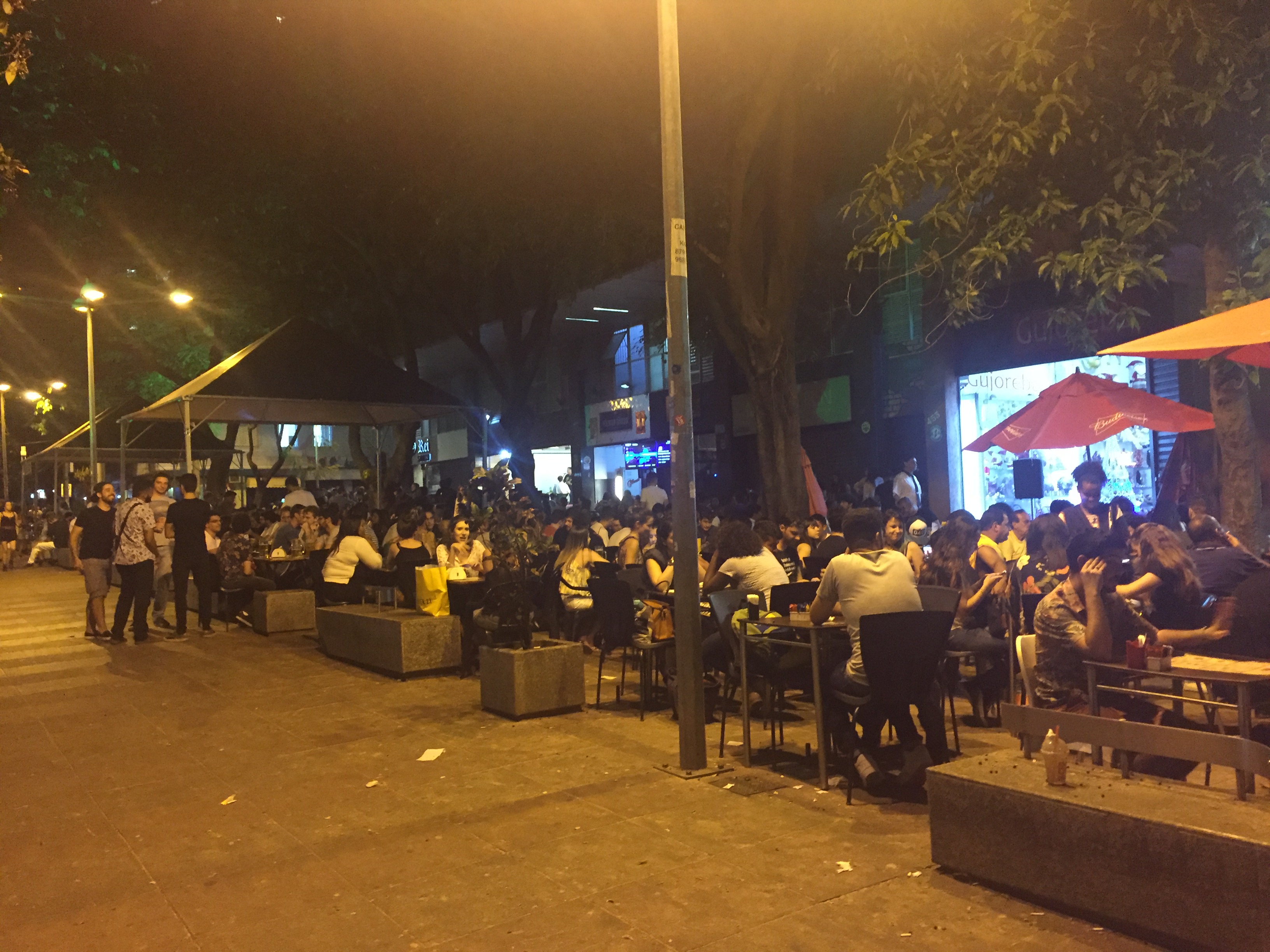
Environment
Belo Horizonte stands out for its commitment to green spaces, integrating natural areas into its urban design. The Serra do Curral, which overlooks the city, not only provides a scenic backdrop but also contributes to environmental sustainability by acting as a natural barrier that limits urban sprawl. Efforts to preserve the city’s green areas include the development of urban parks like the Parque Municipal Américo Renné Giannetti and the Mangabeiras Park, one of the largest in the country. The parks host local wildlife and provide much-needed recreational areas in an otherwise heavily urbanised region. Belo Horizonte is also a pioneer in urban agriculture with its Programa de Agricultura Urbana (Urban Agriculture Programme), which encourages the cultivation of crops in urban areas, providing food security for low-income communities.
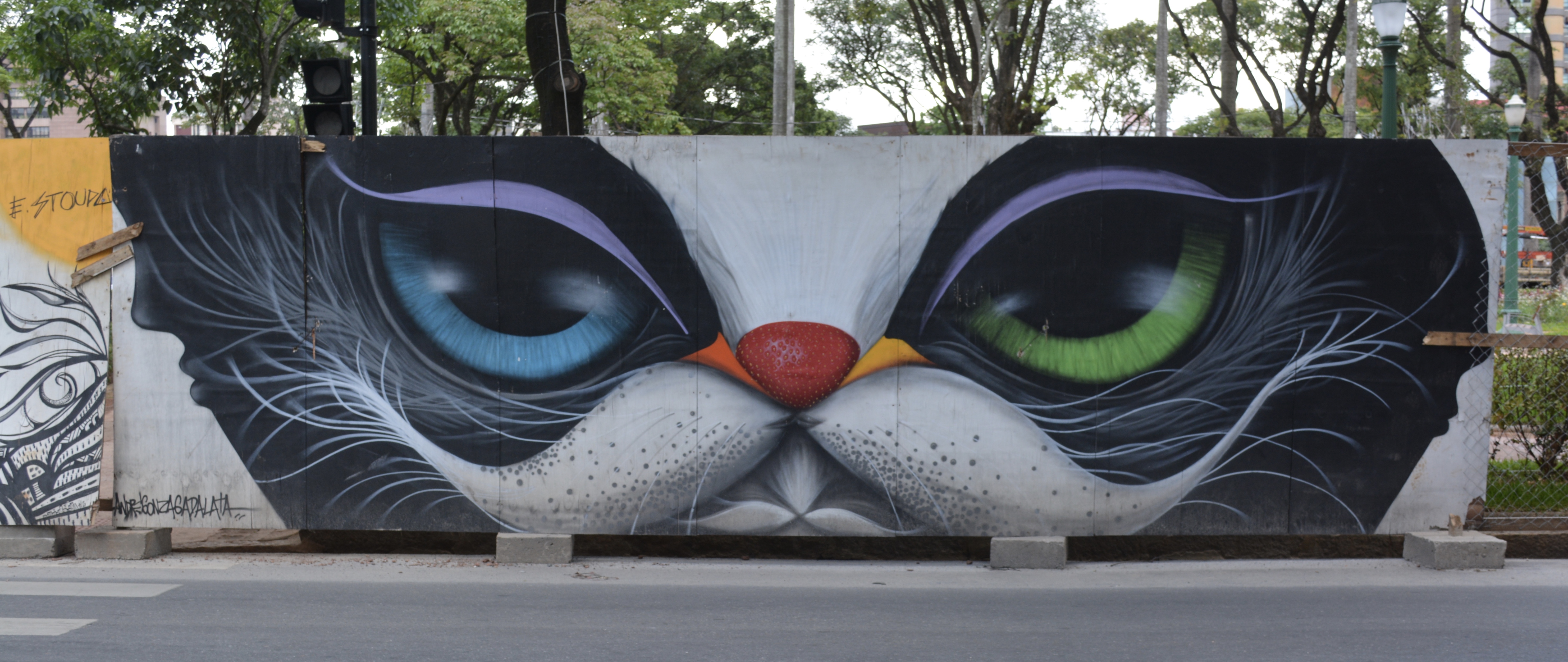
Final Thoughts
Belo Horizonte may not be as famous internationally as Rio de Janeiro or São Paulo, but its combination of modern urban design, rich cultural life, and historical significance makes it a fascinating destination in the heart of Brazil. The blend of architecture, from Niemeyer’s modernism to the historic churches, alongside the lively student culture, ensures that Belo Horizonte offers something for every traveller. Whether visiting for its footballing history, vibrant markets, or tranquil parks, BH provides a genuine Brazilian experience away from the well-trodden tourist path.
Date: 30/11/2018 to 01/12/2018 and 03/12/2018 to 04/12/2018
